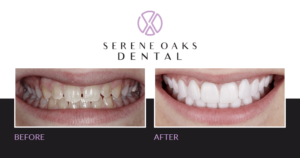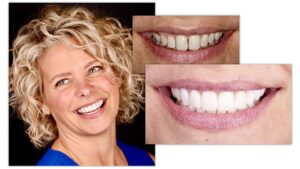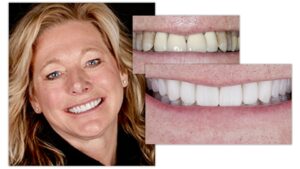Everything You Should Know About Injectable Veneers
You’ve heard of porcelain veneers.
You’ve heard of prepless veneers.
But you haven’t heard of injectable veneers?
That’s alright – few have.
Injectable veneers are the new kid on the dental block, and this is an exciting one.
Will these new-school veneers replace traditional veneers and take the 🦷 crown?
Or, are they nothing but a fad that we’ll forget in the years to come?
Both are good questions, so let’s not waste any more time and get right to it.
What are we injecting again?
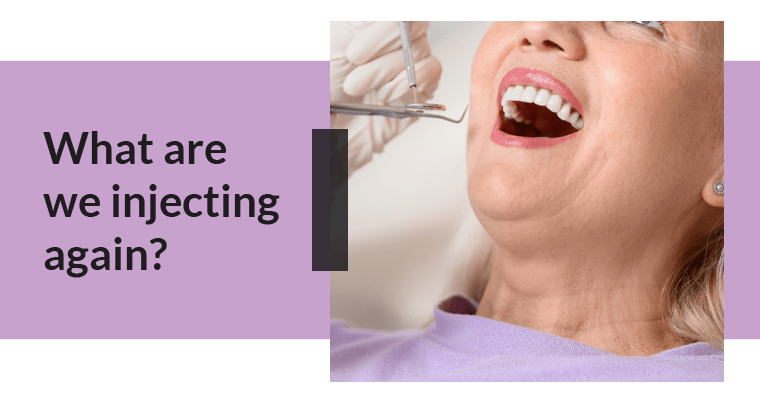
Also known as flowable composite veneers, injectable veneers are made from composite resins. That’s what we’re injecting – flowable composite resin, not unlike the material we use in dental bonding.
It’s a new technique, but the approach (and the material) is not quite as out-there as you’d think.
Most people associate veneers with porcelain veneers, but composite veneers held a seat at the veneers table long before porcelain came into play, and there are advantages to both.
Yes, porcelain veneers:
- Look 100% natural
- Are strong, durable, and more resistant to stains and abrasions than the alternative
- Align the teeth without braces
But they’re also:
- Pretty much permanent, so no do-overs
- Not quite as customizable as composite veneers
Why you should choose injectable veneers
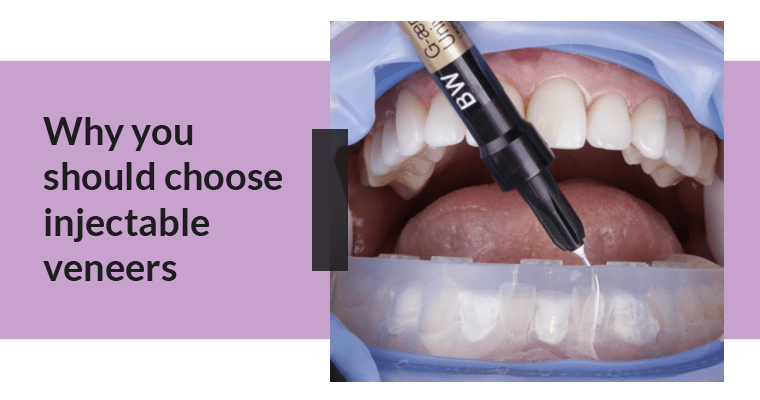
Because with porcelain veneers, it’s not just about the proper diagnosis and veneer preparation – it’s also about how well you can communicate the desired:
- Shade,
- Opacity,
- Form, and
- Other characteristics.
The technician, in turn, must be able to produce high-quality veneers according to these specifications.
Should you face any deficiencies or require any changes before cementation, back to the grindstone you go (well, the technician, not you).
Injectable veneers do not share these same challenges. Control of your teeth’s form, shade, translucency, opacity, and translucency is left up to you – the patient.
Immediate feedback – immediate adjustments.
The dentist can easily modify the restoration as required during the process, so you can usually achieve the desired result in one visit.
Be it teeth lengthening, changing shade, or correcting small rotations and malalignments, that instant feedback from you, the patient, enables utmost clinical efficiency.
And, in those rare cases when you become dissatisfied with the results sometime down the line, the restorations can be altered quite easily.
That’s right – there are do-overs with flowable composite veneers, and they’re not that hard to execute.
And here’s the kicker: injectable veneers are a lot more affordable than porcelain veneers.
Yeah, the diagnosis part takes about as much time, and so does teeth preparation.
At the same time:
- No impressions,
- No lab fees, and
- No provisional restorations are required.
But, of course, it’s not all sunshine and rainbows, and there are downsides to injectable veneers as well.
Why you shouldn’t choose injectable veneers: Making the prepless case
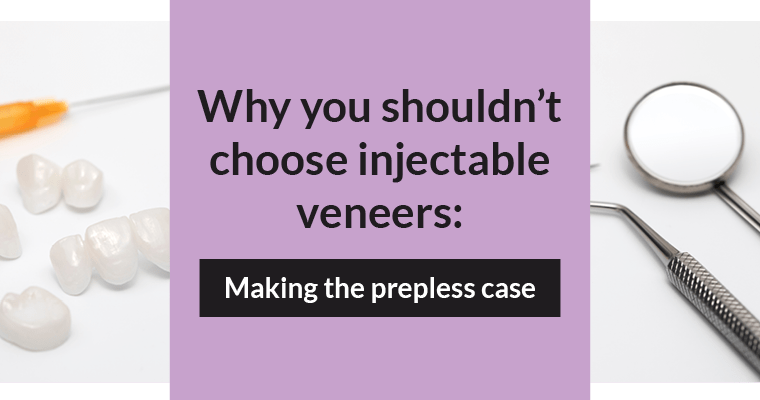
First and foremost, injectable veneers don’t last as long as traditional, porcelain veneers. This is because no composite resin is as strong as porcelain.
Likewise, they’re not stain-resistant, meaning that flowable composite veneers won’t always look as good 5+ years down the road as porcelain veneers.
The bottom line, the material’s malleable nature is both its biggest upside and downside.
You can easily add intentional changes, which is good, but that makes accidental, undesirable changes less avoidable as well.
With that in mind, you can make the case that, where most patients are concerned, prepless veneers remain the best choice for cosmetic dentistry.
They are:
- No more expensive than traditional, porcelain veneers;
- Just as durable as injectable veneers;
- Reversible (though not always as easily as injectable veneers)
And, as you know, they don’t require tooth enamel to be removed from the surface of teeth, which is not something we can say about traditional veneers.
So, to sum up, there are advantages to all veneers.
Ah, if only we didn’t have to choose one or the other…
Wait, do we?
Why you can have your cake and eat it too
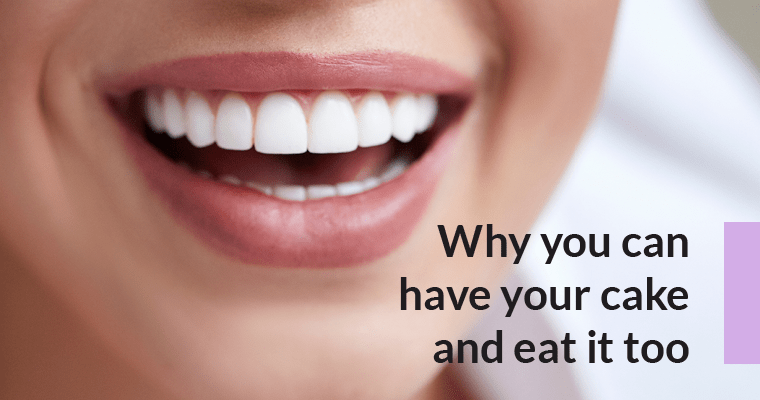
As long as that cake doesn’t include very real veneers, no one is stopping you.
‘Cause porcelain veneers and injectable veneers don’t need to be mutually exclusive.
While they easily last years, you can just as well use flowable composite veneers as a transitional treatment.
Think of long-lasting (not to mention natural-looking and comfortable) impressions that you can always adjust and modify.
Using this long-term feedback regarding aesthetics, function, and phonetics, you can all but guarantee that the following long-standing porcelain restoration will be a success.
So, the next step is 100% up to you, and that’s always a great option to have.
Why you can’t go wrong with porcelain veneers
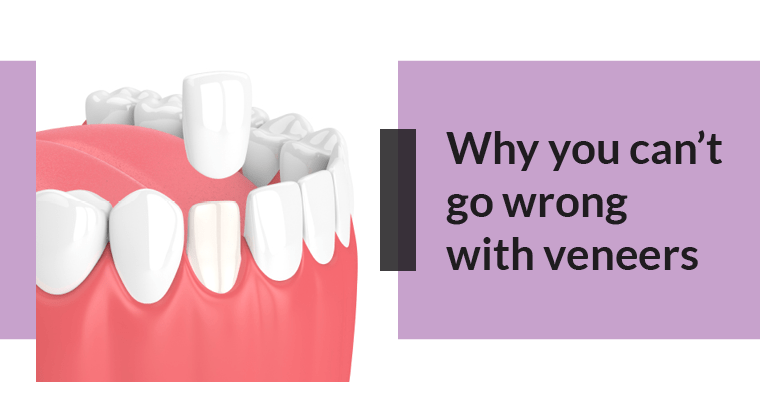
Be they injectable, prepless, or traditional veneers, the result is always a gorgeous smile (provided your dentist knows what they’re doing 😉). The difference is how you get there, how long you stay there, and how comfortable the process is.
While the choice is up to you, the result is up to us.
On that note, Dr. Gesica Horn is one of only 86 dentists worldwide to achieve a Fellowship with the American Academy of Cosmetic Dentistry… Opens in a new window to aacd.com website… – the highest level of distinction as a cosmetic dentist.
Apart from that, she:
- Completed three post-doctorate prosthodontic programs from the top three centers in the world;
- Continues her education to stay on top of dental technology and training;
- Transformed the smiles of countless patients.
Are you ready to experience life-changing cosmetic dentistry with Dr. Horn?
REQUEST AN IN-PERSON CONSULTATION
REQUEST A VIRTUAL CONSULTATION
Serene Oaks Dental is located in North Oaks, MN,… Opens in a new window to google website… and also welcomes patients from neighboring communities, including Minneapolis, White Bear Lake, St. Paul, Twin Cities, Shoreview, and Arden Hills.
